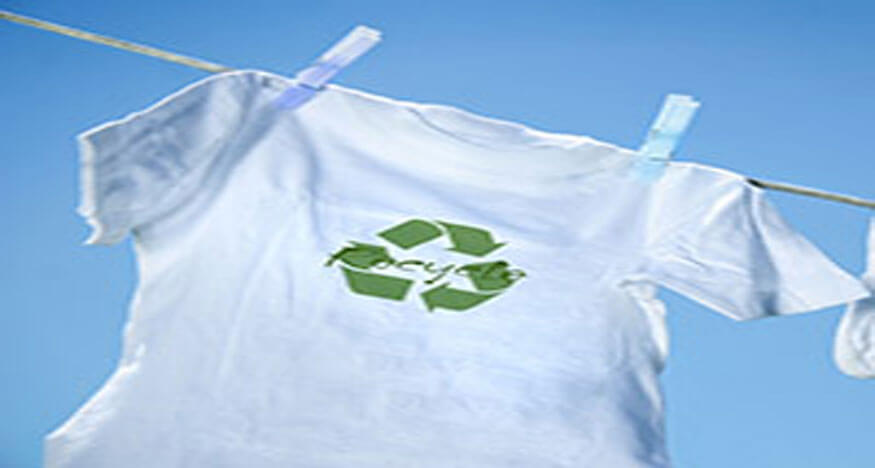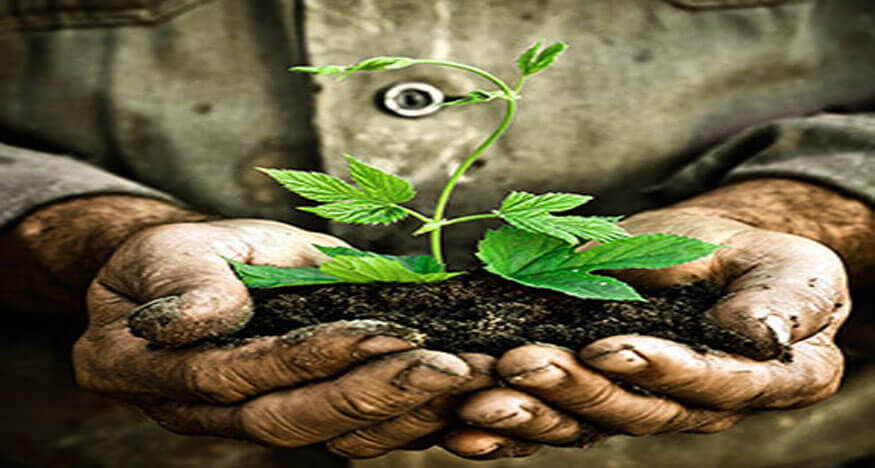
Clothing and textiles are nearly 100 percent recyclable. More and more people are recycling their old attire, whether it’s through donation, thrift store shopping or simple curbside recycling. Eyeglasses are not considered recyclable, because they don’t become new products, but they are reusable. Several take-back programs and mail-in programs will accept your old glasses. Check with your eye doctor, because the office might have a collection program.



